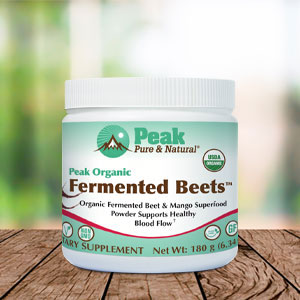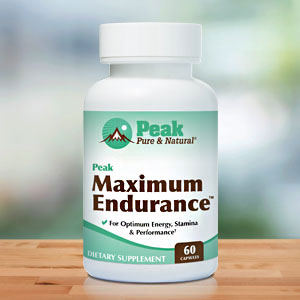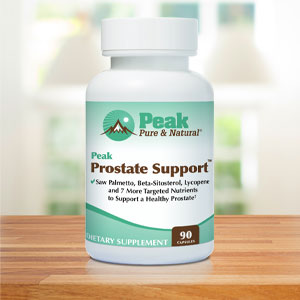Get Easy Health Digest™ in your inbox and don’t miss a thing when you subscribe today. Plus, get the free bonus report, Mother Nature’s Tips, Tricks and Remedies for Cholesterol, Blood Pressure & Blood Sugar as my way of saying welcome to the community!
Movements that reduce risk for heart attack and stroke in minutes

There’s no doubt that exercise is one of the best things you can do for your health. But it can be a challenge for people to work exercise into their busy daily routine.
In fact, fewer than one in five middle-aged adults meet recommended physical activity guidelines. There are a host of reasons for this: cost, time commitment, health status, and access to facilities or areas to exercise — to name just a few.
That’s one reason why a team of international researchers decided to study what they term “incidental activity” to see if everyday movements can have health benefits…
Proof that every second of movement is beneficial
According to senior study author Emmanuel Stamatakis, a professor at the University of Sydney, “From walking up the stairs to speedily mopping the floors; in recent years we’ve come to understand that it is not just structured exercise that is good for our health, but we know very little about how these short bouts of incidental activity translate to health benefits,” says the study’s
That’s changed thanks to a wrist-worn wearables study that tracked the incidental daily activities of more than 25,000 UK adults ages 42 to 78, who self-reported no participation in exercise or sports. Along with their data from the UK Biobank, researchers used machine learning to analyze seven days of incidental physical activity patterns for each person, down to 10-second windows of time.
Then, they linked these patterns to their health records — for close to eight years — to identify the relationship between the length and intensity of these bouts of physical activity and health status.
After accounting for factors such as diet, smoking, alcohol consumption, sleep, and time spent sedentary, and excluding those who had high frailty, poor self-rated health, or a cardiac event within five years of the wearables measurement — the team’s findings were quite encouraging:
- 97 percent of these bouts of incidental physical activity lasted less than 10 minutes.
- Short bouts of less than 10 minutes at a moderate to vigorous intensity were linked with a steep decline in major cardiac events like heart attack and stroke and death by any cause.
- Moving consistently for at least one to three minutes was associated with a 29 percent lower risk of major cardiac events than very short rounds of less than one minute.
- Longer bouts of incidental activity were better, regardless of total activity levels.
- The higher the percentage of vigorous activity in each round the better. Those who worked hardest for at least 15 percent of the bout (or roughly 10 seconds per minute) saw the greatest benefit.
- Bouts of less than one minute also had benefits if 15 percent of the bout involved vigorous activity.
According to the researchers, the results provide some of the first direct evidence to support the idea that movement doesn’t have to be done in continuous 10-minute bouts to be beneficial. This belief was widely held until 2020, when the World Health Organization removed this from their physical activity recommendation in favor of focusing on a philosophy of every move counting towards better health.
Using everyday tasks as exercise
Better heart health isn’t the only benefit of these micro-bouts of exercise. Research has shown that performing routine housework tasks is linked with better cognition and reduced frailty.
“The take-home message here is any type of activity is good for your health, but the more effort you put into those daily tasks and the longer you keep up that energy, the more benefits you are likely to reap,” Stamatakis says. “If you are huffing and puffing and unable to hold a conversation for some of that time you have hit the sweet spot.”
So next time you’re doing housework, or climbing the stairs, or working in the yard or garden, try to up the intensity of whatever task you’re doing to a level where you’re breathing hard and breaking a sweat for at least a few minutes. Remember that the harder and longer you’re working, the more health benefits you’re reaping.
Editor’s note: What do you really know about stroke? The truth is, only 10% of stroke survivors recover almost completely, and all doctors can offer is what to do after a stroke occurs. That’s unacceptable considering 80% of strokes are preventable! Click here to discover how to escape The Stroke Syndrome: 5 Signs it’s Stalking You — Plus the Hidden Causes and Preventive Measures You’ve Never Heard About!
Sources:
Study pinpoints the length of incidental activity linked to health benefits — ScienceDaily
Brief bouts of device-measured intermittent lifestyle physical activity and its association with major adverse cardiovascular events and mortality in people who do not exercise: a prospective cohort study — The Lancet Public Health















